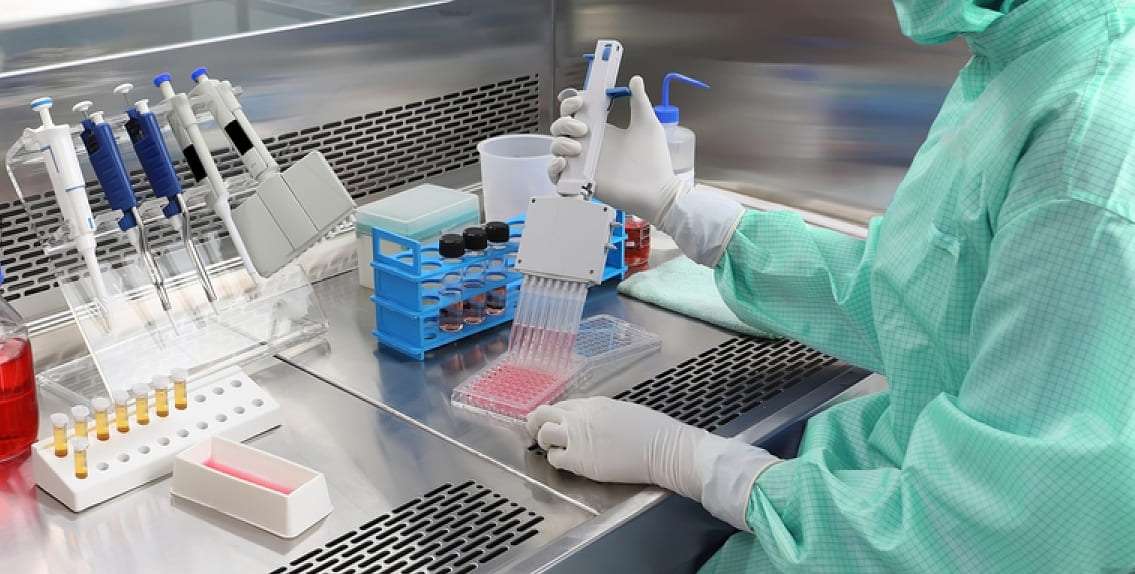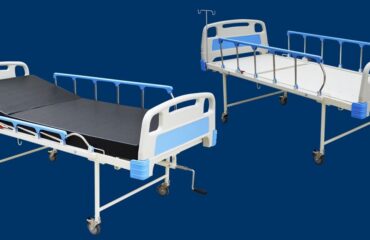Pipettes and micropipettes are essential tools in laboratories for measuring and transferring precise volumes of liquid. While they serve similar purposes, they differ in design, usage, and the volumes they handle. Here are the main differences between pipettes and micropipettes:

Volume Range
Pipettes:
- Typically used for larger volumes, generally ranging from 1 mL to several liters.
- Common types include graduated pipettes, serological pipettes, and volumetric pipettes.
Micropipettes:
- Designed for very small volumes, usually in the microliter (µL) range, often between 0.1 µL and 1000 µL (1 mL).
- Used for highly precise and accurate measurements required in molecular biology, biochemistry, and other fields.
Design and Operation
Pipettes:
- Graduated Pipettes: Glass or plastic tubes with graduated markings; liquid is measured by reading the meniscus level.
- Volumetric Pipettes: Designed for single, precise volume transfer; typically bulb-shaped with a single graduation mark.
- Generally require a pipette filler or bulb to draw up and dispense liquid.
Micropipettes:
- Handheld devices with a piston mechanism and a digital or dial volume setting.
- Use disposable plastic tips to avoid contamination.
- Operated by pressing a plunger to draw and dispense precise volumes.
Precision and Accuracy
Pipettes:
- Suitable for tasks where high precision is not as critical.
- Accuracy and precision depend on the user’s skill and the quality of the pipette.
Micropipettes:
- Designed for high precision and accuracy, essential for experiments requiring exact volumes.
- Typically have a high level of repeatability and low variability in measurements.
Applications
Pipettes:
- Commonly used in general laboratory tasks such as preparing solutions, transferring larger volumes of liquid, and conducting titrations.
- Suitable for educational purposes and routine laboratory work where high precision is not paramount.
Micropipettes:
- Essential in molecular biology, genetics, pharmacology, and biochemistry for tasks like PCR, ELISA, DNA sequencing, and cell culture.
- Critical for applications that require the precise handling of very small liquid volumes.
Calibration and Maintenance
Pipettes:
- Generally simpler to maintain and calibrate, though regular calibration is still important for accuracy.
- Less prone to mechanical issues due to simpler construction.
Micropipettes:
- Require regular calibration and maintenance to ensure accuracy and precision.
- More complex mechanically, thus prone to wear and tear, requiring more frequent checks and servicing.
Types of Pipette and Micropipette
Pipettes and micropipettes come in various types, each designed for specific applications and offering different levels of precision and functionality. Here is a detailed overview of the different types of pipettes and micropipettes:
Types of Pipettes
Volumetric Pipettes
- Description: Bulb-shaped with a single graduation mark.
- Usage: Used to deliver one specific volume of liquid with high accuracy. Ideal for tasks requiring precise volume measurements, such as preparing standard solutions.
Graduated Pipettes
- Description: Straight tubes with multiple graduation marks along the length.
- Usage: Used for measuring various volumes. Commonly used in titrations and other applications where the volume needs to be read at different levels.
Serological Pipettes
- Description: Similar to graduated pipettes but typically have graduations that extend to the tip.
- Usage: Often used in cell culture and other biological applications. Can be used with a pipette controller for ease of use.
Pasteur Pipettes
- Description: Simple, glass or plastic pipettes with a narrow, tapered end.
- Usage: Used for transferring small amounts of liquid. Not graduated and less precise.
Transfer Pipettes
- Description: Plastic pipettes that are an all-in-one piece with a bulb.
- Usage: Used for simple liquid transfers. Not designed for precise measurements.
Types of Micropipettes
Air Displacement Micropipettes
- Description: Most common type, uses air to create a vacuum and draw liquid into a disposable tip.
- Usage: Suitable for general laboratory tasks requiring high precision, such as PCR, DNA sequencing, and enzyme assays.
Subtypes:
-
- Single-Channel Micropipettes: Designed to transfer one sample at a time. Available in fixed or variable volume models.
- Multi-Channel Micropipettes: Feature multiple tips (usually 8 or 12) for simultaneous transfer of multiple samples. Used in high-throughput applications like ELISA and plate-based assays.
Positive Displacement Micropipettes
- Description: Similar to syringes, where the piston is in direct contact with the liquid.
- Usage: Used for viscous, volatile, or high-density liquids where air displacement micropipettes might be less accurate.
Electronic Micropipettes
- Description: Battery-operated devices that automate the pipetting process.
- Usage: Provide increased precision and reproducibility, reduce user fatigue, and can be programmed for complex pipetting tasks. Used in high-throughput and repetitive tasks.
Role of Pipettes and Micropipettes in India
- Pipettes and micropipettes are important laboratory tools that are used extensively in scientific research and experimentation. These tools play a crucial role in the accurate measurement of small volumes of liquids, which is essential for many scientific procedures.
- In India, the use of micropipettes is widespread across various fields of research, including chemistry, biology, microbiology, and biotechnology. These tools are used to measure precise volumes of reagents, chemicals, and samples, which are then used for further analysis and experimentation.
- Pipettes and micropipettes are also used in the medical field for various diagnostic tests, such as measuring the levels of glucose, cholesterol, and other biomarkers in blood and urine samples. These tools are essential for ensuring accurate and reliable test results, which are critical for proper diagnosis and treatment of various medical conditions.
- In recent years, there has been a growing demand for high-quality pipettes and micropipettes in India, owing to the increasing focus on scientific research and development in the country. Many local and international companies are now offering a wide range of pipettes and micropipettes, which are designed to meet the specific needs and requirements of different research and diagnostic applications.
- Overall, the role of pipettes and micropipettes in India is critical for the advancement of scientific research, medical diagnosis, and biotechnology manufacturing in the country. These tools are essential for ensuring accurate and reliable results, which are vital for the progress and success of various scientific and medical endeavors.
Summary
Pipettes:
- Volumetric Pipettes: For precise single-volume measurements.
- Graduated Pipettes: For variable volume measurements.
- Serological Pipettes: Often used in biological applications.
- Pasteur Pipettes and Transfer Pipettes: For simple liquid transfers without precise measurement needs.
Micropipettes:
- Air Displacement Micropipettes: Most common, used for a wide range of precise liquid handling tasks.
- Single-Channel: For individual sample transfers.
- Multi-Channel: For simultaneous transfer of multiple samples.
- Positive Displacement Micropipettes: For challenging liquids.
- Electronic Micropipettes: For high precision and programmable tasks.
The choice between these types depends on the specific requirements of the laboratory work, including the volume of liquid, the need for precision, and the nature of the substances being handled.


